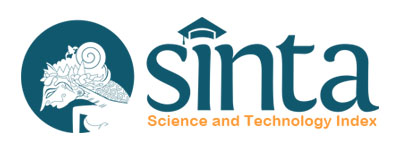The Morphological Characters of The Malayan Pit Viper Calloselasma rhodostoma (Kuhl, 1824): on The Cephalic Scalation and Distribution Status in Indonesia
DOI:
https://doi.org/10.21776/ub.jels.2018.008.03.10Abstract
The examination on variations of morphological characters among 35 specimens of Calloselasma rhodostoma (Kuhl, 1824) from four different populations in Indonesia has been completed in this study. Univariate and multivariate analyzes allowed us to recognize the clustering of four populations through morphological diagnosis. The results of the average body size (Total Length) showed that the largest male is from Kangean Island (579.33 mm), while the largest female is from Java (841.07 mm). Comparison of meristic analysis represented three clusters from Principal Component Analysis (PCA) which is considered to be independent population. Here we also described three types of cephalic scalation variation that called small accessories scales and their distribution in Indonesia.
Keywords: C. rhodostoma, Indonesia, Meristic, Morphometry, Viperidae.
Downloads
Published
Issue
Section
License
Copyright (c) 2018 The Journal of Experimental Life Science

This work is licensed under a Creative Commons Attribution 4.0 International License.
Authors who publish with this journal agree to the following terms:- Authors retain copyright and grant the journal right of first publication with the work simultaneously licensed under a Creative Commons Attribution License that allows others to share the work with an acknowledgement of the work's authorship and initial publication in this journal.
- Authors are able to enter into separate, additional contractual arrangements for the non-exclusive distribution of the journal's published version of the work (e.g., post it to an institutional repository or publish it in a book), with an acknowledgement of its initial publication in this journal.
- Authors are permitted and encouraged to post their work online (e.g., in institutional repositories or on their website) prior to and during the submission process, as it can lead to productive exchanges, as well as earlier and greater citation of published work (See The Effect of Open Access).
















